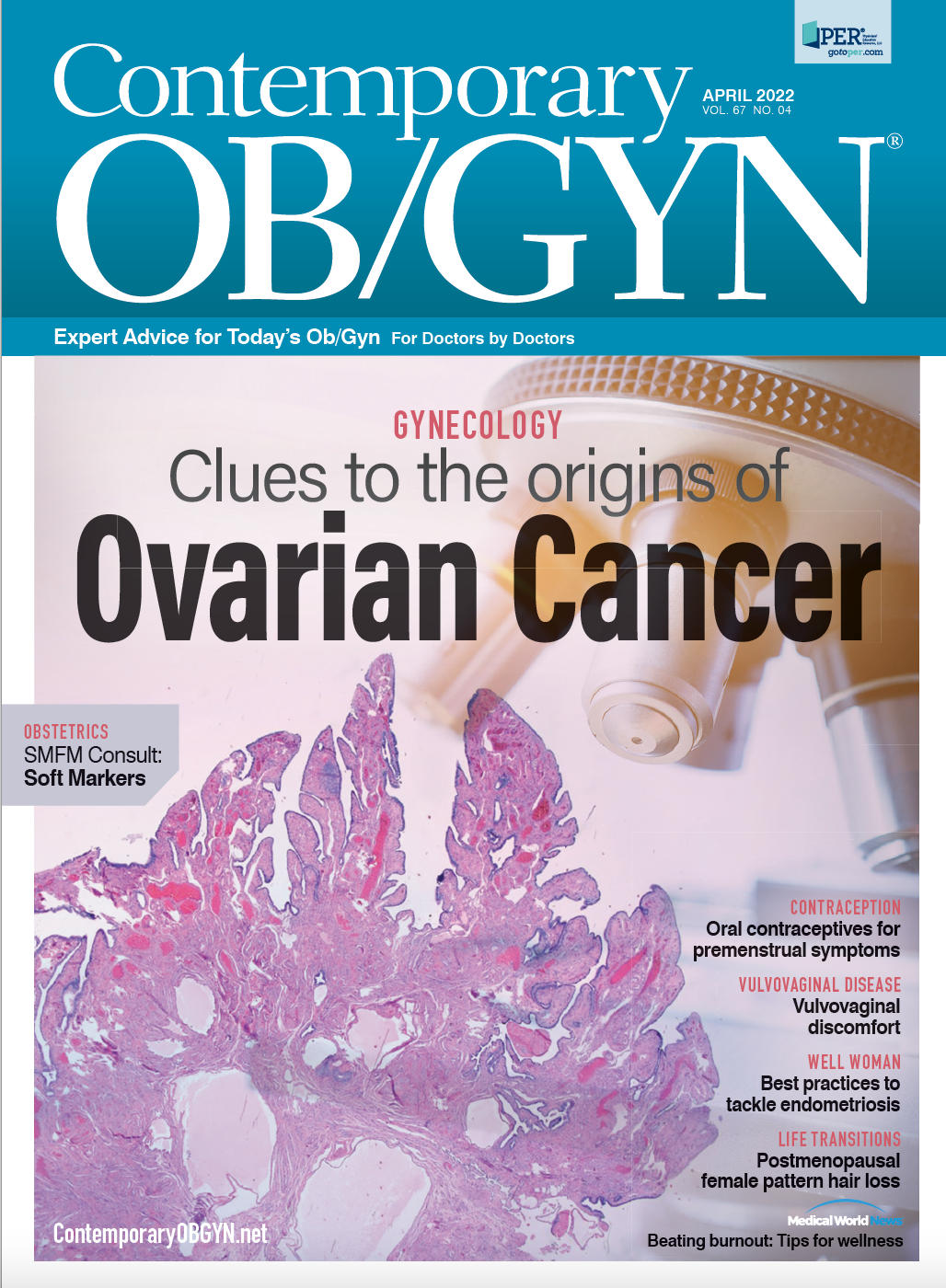Help prevent sexual assault
Sexual assault affects more of those around us than we know, from coworkers to friends and family to the individual across from you in the coffee shop.
Sexual assault affects more of those around us than we know, from coworkers to friends and family to the individual across from you in the coffee shop.
In the United States, a sexual assault is committed every 68 seconds. One of every 6 women in the US has been the victim of an attempted or completed rape, and 1 in 33 men in the US has been a victim of an attempted or completed rape.1 Only 25 of every 1000 perpetrators go to prison, according to the Rape, Abuse & Incest National Network.1
Sexual assault can happen anywhere, with 55% of sexual assaults occurring at or near the victim’s home, 15% in an open public place, 12% at or near a relative’s home, 10% in an enclosed public area (eg, parking garage/lot), and 8% on school property.1
April is Sexual Assault Awareness and Prevention Month, an excellent time to educate and equip ourselves and our patients with strategies to help prevent and protect victims of sexual assault.
Sometimes an individual may be a bystander to sexual assault. Common reasons for bystanders not intervening in situations include not wanting to cause a scene, wanting to mind their own business, or thinking someone else will step in.
However, there are ways to lend a hand in preventing sexual assault from happening in the first place by implementing active bystander intervention strategies.
Whether it’s stepping in when an individual acts aggressively or giving a friend a ride home when they’ve had too much to drink, active bystander intervention is integral to helping prevent
sexual assault.2
By being a more proactive bystander, we can help prevent sexual assault and thus create a safer environment for ourselves and those around us.
Mike Hennessy Jr
President and CEO, MJH Life Sciences®
References
- Statistics. RAINN. Accessed February 23, 2022. https://www.rainn.org/statistics
- Practicing active bystander intervention. RAINN. Accessed February 23, 2022. https://rainn.org/articles/practicing-active-bystander-intervention?_ga=2.126991567.39737792.1645629250-193895623.1645629250

FDA approves Visby’s test for at-home STI identification
Published: March 28th 2025 | Updated: March 28th 2025The FDA has approved Visby Medical’s at-home sexually transmitted infection test, allowing women to screen for chlamydia, gonorrhea, and trichomoniasis without a prescription.
Read More
